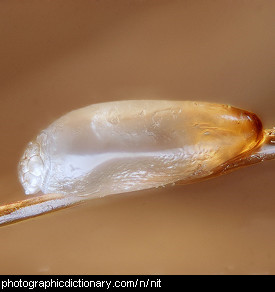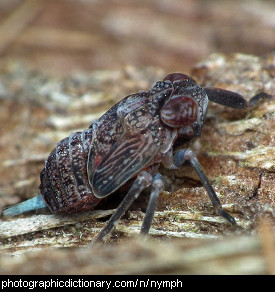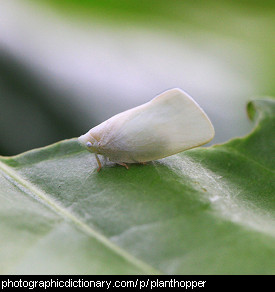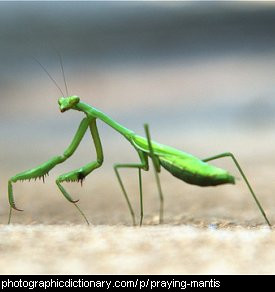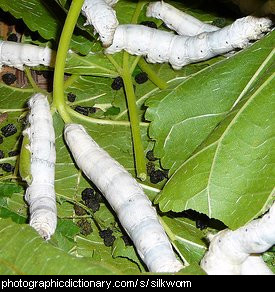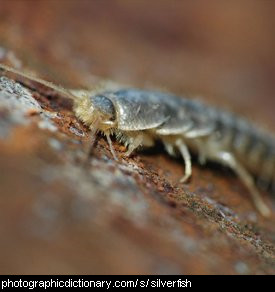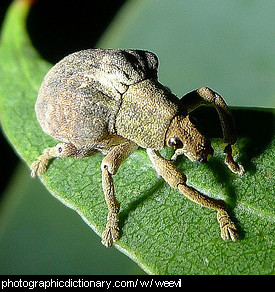A nymph is a larval stage many kinds of insects go through. Nymphs tend to be quite similar to the adult insect, unlike insects like butterflies that have very different larval stage. Nymphs gradually grow to full size, shedding their skin each time they outgrow it, and the final time they shed their skin they make the transformation to their adult form.
Pis forPlanthopper
Scientific name: infraorder: fulgoromorpha
Planthoppers are a group of insects that come in a variety of shapes and sizes, but most often green and leaf-shaped. They can hop short distances like a grasshopper, hence their name.
Pis forPraying mantis
Scientific name: order: mantodea
Praying mantises can be found all over the world. They can be anything from a centimetre to a few inches long and are generally the same colour as their surroundings, so they can hide. They get their name because they hold their front legs as if they are praying. Praying mantises use their front legs to catch other insects, which they eat.
Scientific name: bombyx mori
Silkworms are caterpillars that grow up into silkmoths. They live almost entirely on mulberry leaves. The cocoon they make can be used to make silk, a very attractive cloth that has been valued for thousands of years. A silkworm cocoon is made from a single strand of silk 1000 to 3000 feet long, and it takes 2000-3000 cocoons to make a pound of silk. The caterpillar in the cocoon is not allowed to emerge by itself, as this would damage the silk. The cocoons are boiled with the caterpillar inside.
Sis forSilverfish
Scientific name: lepisma saccharina
Wasps are a group of flying, stinging insects that eat other insects. They usually eat pest insects like caterpillars, and can be very useful to gardeners and farmers who are trying to keep their crops safe. Wasp can sting many times, while bees can only sting once.



